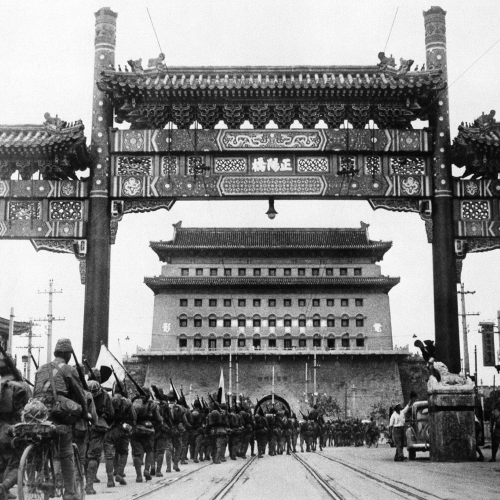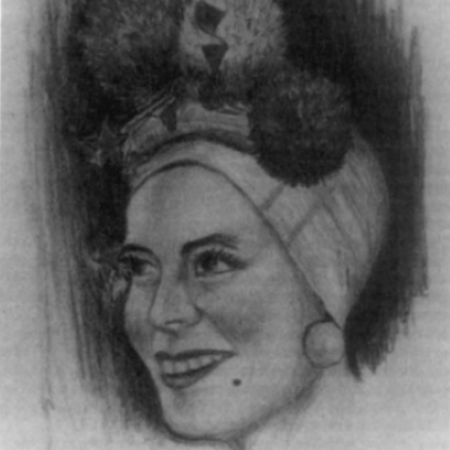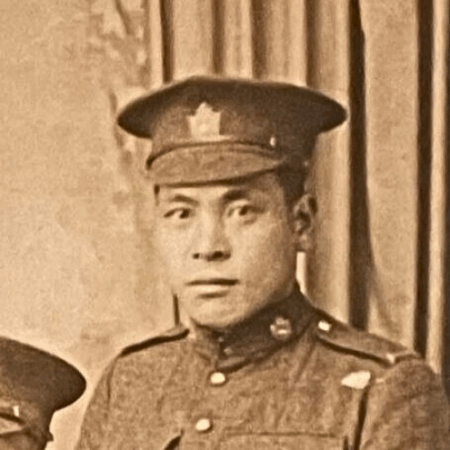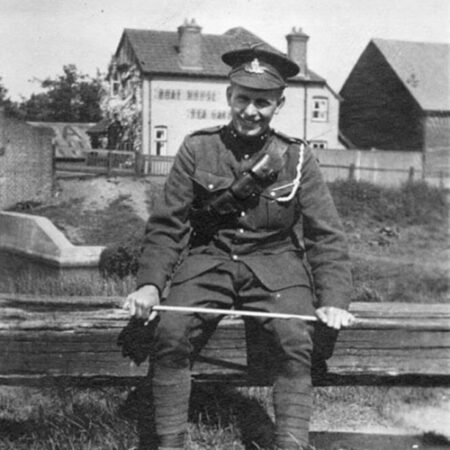For most people, the study of history means memorizing names and dates. In reality, it is more like a debate, sometimes calm and sometimes extremely violent, that begins with names and dates, but culminates in the confrontation of different interpretations. No example illustrates this point better than the notion of a “chrononym,” the name and periodization that one associates with an important moment in history. In this article, Daniel Lemire presents the lively debates surrounding the use of “chrononym” in history by taking one of the most debated examples: the Second World War (1937-1945).
With the start of Russia’s “special military operation” in February 2022, how conflicts are named have resurfaced as a political and historical debate. After over 50 years of relative peace in the world with some pockets of civil war, a debate about the name of a conflict or its legal status as a war is hard to imagine. Yet many examples from history show the extent of these debates and their intellectual scope. Above all, we must not forget that naming things is a form of power.
What is a chrononym?
Historians coined the term “chrononym” to label the periods in the past for both educational purposes and their academic arguments. The word’s etymology is from the simple combining of the Greek roots chronos, which means “time,” and nym, which means “name.” A chrononym is therefore a name given to a period of time.
The most well-known chrononyms in North America are Antiquity, the Middle Ages, the Modern Period, and the Contemporary Period. Most chrononyms also have a spatial component: Antiquity and the Middle Ages generally refer to the Mediterranean world, while the Modern Period encompasses the entire European continent. As for the Contemporary Period, experts debate its spatial component, i.e. whether it relates to Europe and North America or the entire world.
The example of the Second World War
The Second World War is probably the best example for understanding the usefulness and nuances of chrononyms. This period is often referred to with two interchangeable terms, “World War II” and “Second World War.” These names create an automatic direct link to the First World War, a term that supplanted the “Great War” used by those who lived through it. The chrononym was therefore changed to better represent our collective vision of these two similar European conflicts with essentially the same two alliance blocs (Western and Eastern Europe versus Central Europe), the same military configuration (Western Front and Eastern Front), and the United States’ intervention in the conflict. The Second World War is often seen as a direct consequence of the problems created by the Treaty of Versailles of 1919.
A chrononym therefore cannot be boiled down to a name alone; it always comes with a time span indicated in parentheses, as with the Second World War (1939-1945). Naturally, 1945 refers to the date when Germany and Japan surrendered. The year 1939 refers to the invasion of Poland by the German army on September 1, 1939. This choice defines the European origin of the conflict. However, can we really say that the Second World War was truly global at this point in the conflict? It wasn’t until 1941 that the German army attacked the U.S.S.R. and that Japan attacked all of the Western colonies in Asia and at Pearl Harbor. We could therefore consider these confrontations as separate European and Asian conflicts. However, Adolf Hitler simplified the problem when he declared war on the United States on December 11, 1941. Only then did the war become truly global.
Other names for the Second World War


This first chrononym is only the starting point for a conflict with many names. In Russia, the conflict was called the “Great Patriotic War” from 1941 to 1945. The United States called it not only the Second World War but also the “Pacific War” from 1941 to 1945.
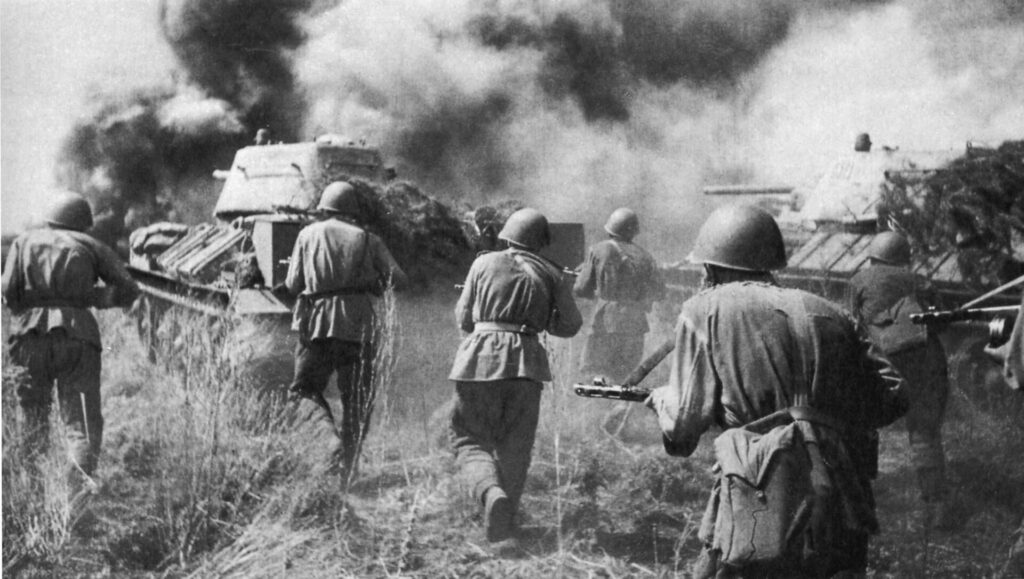
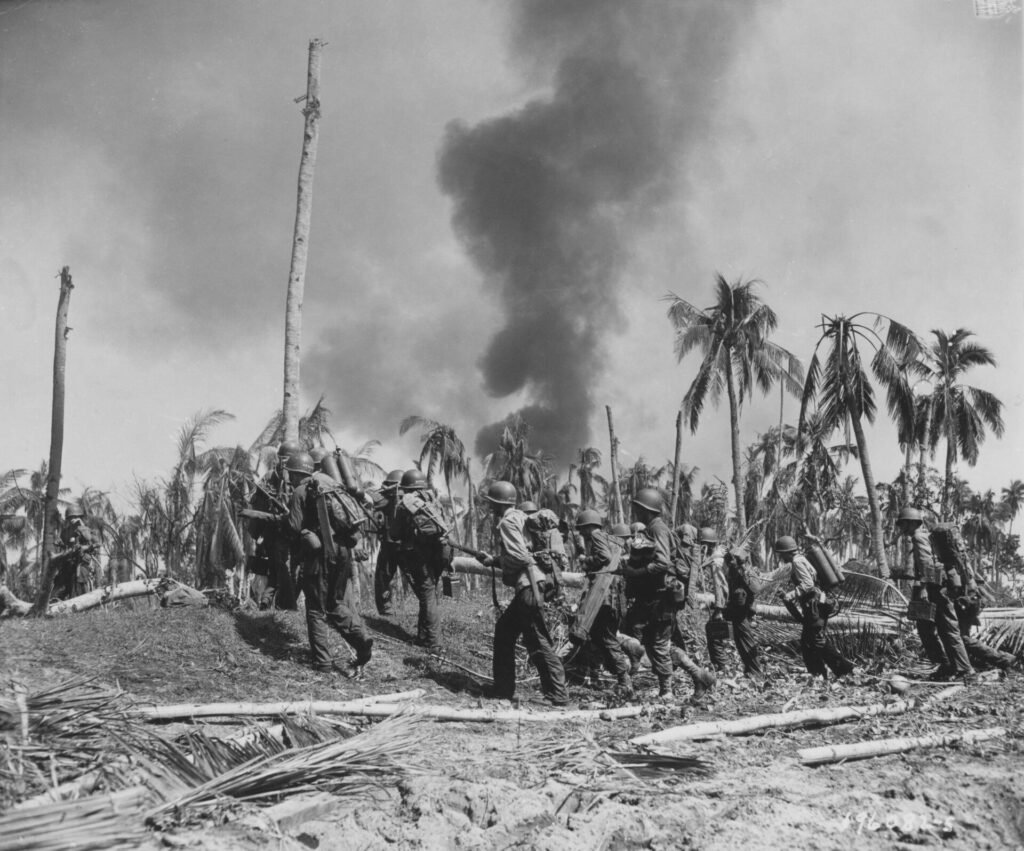
To further complicate things, some historians use different parenthetical dates for the Second World War. The title of this article has the dates 1937 to 1945; this is not an error but rather a response by some historians to the chrononym of the Pacific War, which reduces this conflict to the participation of the U.S. military. For some Asian historians, this chrononym erases the significant participation of China in the fight against Japan that began in 1937, even though Japan had nearly one million soldiers deployed in China! This name therefore shifts the starting point of the conflict in terms of both time and space.
In China, these dates also coincide with the chrononyms of the “Second Sino-Japanese War” or the “War of Resistance against Japanese Aggression.” Japanese historians often refer to the “15-Year War,” which starts the conflict in 1931 with the Manchurian crisis. Initially used to include the Chinese front and the crimes that their countries committed, this chrononym now serves to overshadow any acts committed in China with the horrors of Hiroshima and Nagasaki and justify “skipping over” this dark period in favour of Taishō Democracy (1913-1926) or the reconstruction of Japan (post-1945).

A particularly interesting chrononym is the “European Civil War (1914-1945)” put forward by Enzo Traverso in 2007, a label that links back to an older and less popular chrononym, the “Second Thirty Years’ War.” This name makes a connection with the Thirty Years’ War (1618-1648) that ravaged Europe over religious strife. Both terms emphasize the fratricidal nature of the period from 1914 to 1945, which can indeed be understood as a civil war in which social norms completely collapsed and the boundary between peacetime and wartime became more and more porous given the escalation of political violence. With this chrononym, Enzo Traverso focused on Europe and the long struggle against fascism, which took on various forms throughout this period (civil war, terrorism, coups, generalized conflicts, etc.).
It’s all in a name
We must remember that history is a human science and that things that might seem unimportant can actually be politically or academically significant. Words bear historical, legal, and cultural weight, and the chrononyms of the Second World War illustrate the variety and complexity that a name can have, as is the case with the current war in Ukraine.
Right: The cover of “Fire and Blood: The European Civil War, 1914-1945” by the historian Enzo Traverso (source : Verso Books).
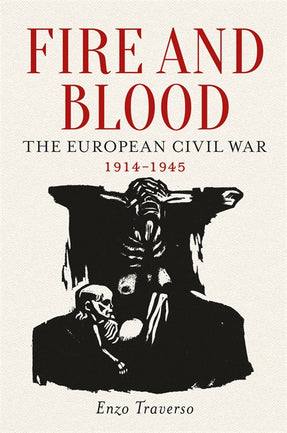
Photo de couverture : Les forces japonaises entrent dans la ville de Beijing, en Chine, durant la Deuxième Guerre sino-japonaise (source : Wiki Commons).
Article written by Daniel Lemire, PhD candidate in history at the Université du Québec à Montréal, for Je Me Souviens. Translated by Amy Butcher (traductionsamyb.ca).
Sources:
This text was greatly inspired by Enzo Traverso’s book. Naturally, we recommend that you read it:
- Enzo Traverso, Fire and Blood: The European Civil War, 1914–1945, London & New York, Verso, 2017, 304 p.
In addition, on June 10, 2022, Daniel Lemire was on Histoire de passer le temps to introduce the concept of chrononyms in history. To listen to his segment, in french, click here! With the participation of Marie-Pier Berthelet as host, Léon Guiyeke and Billal Tabaichount as guests, Julien Lehoux in studio and Clément Broche as sound engineer.

